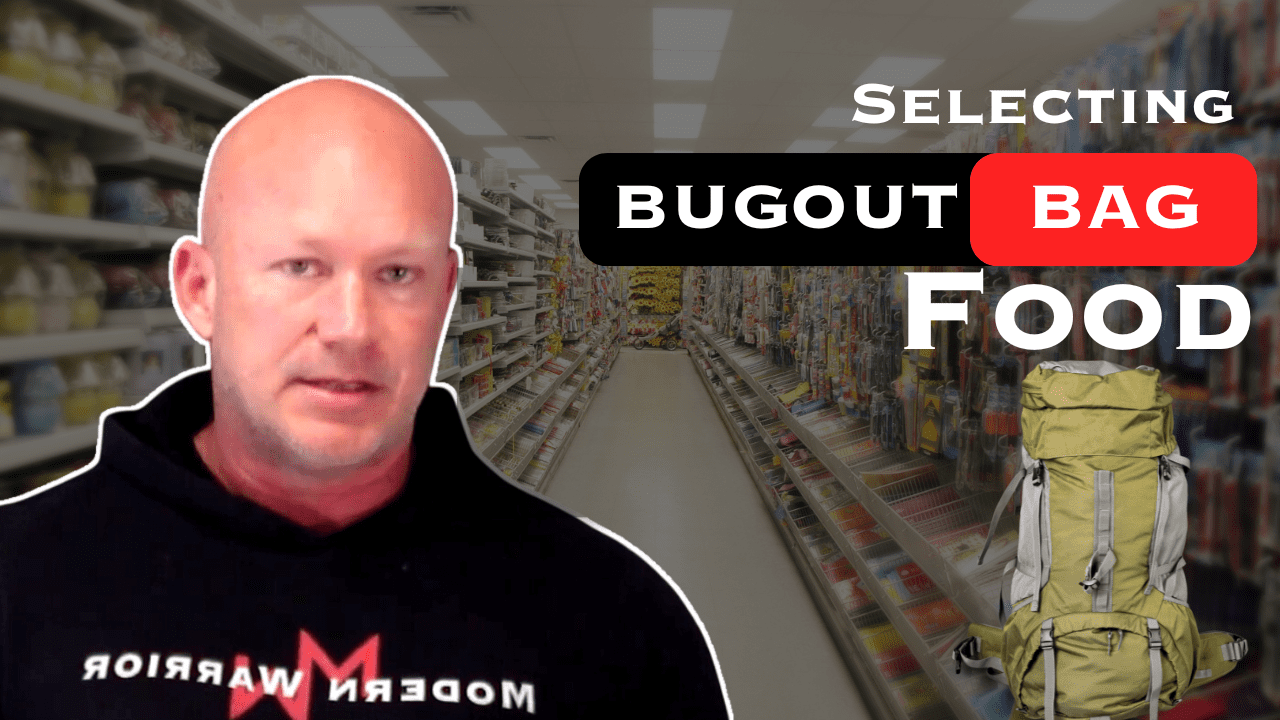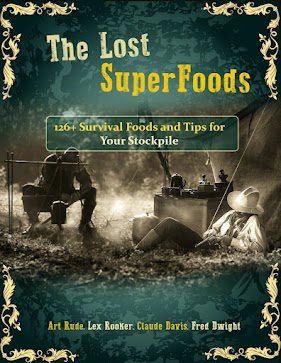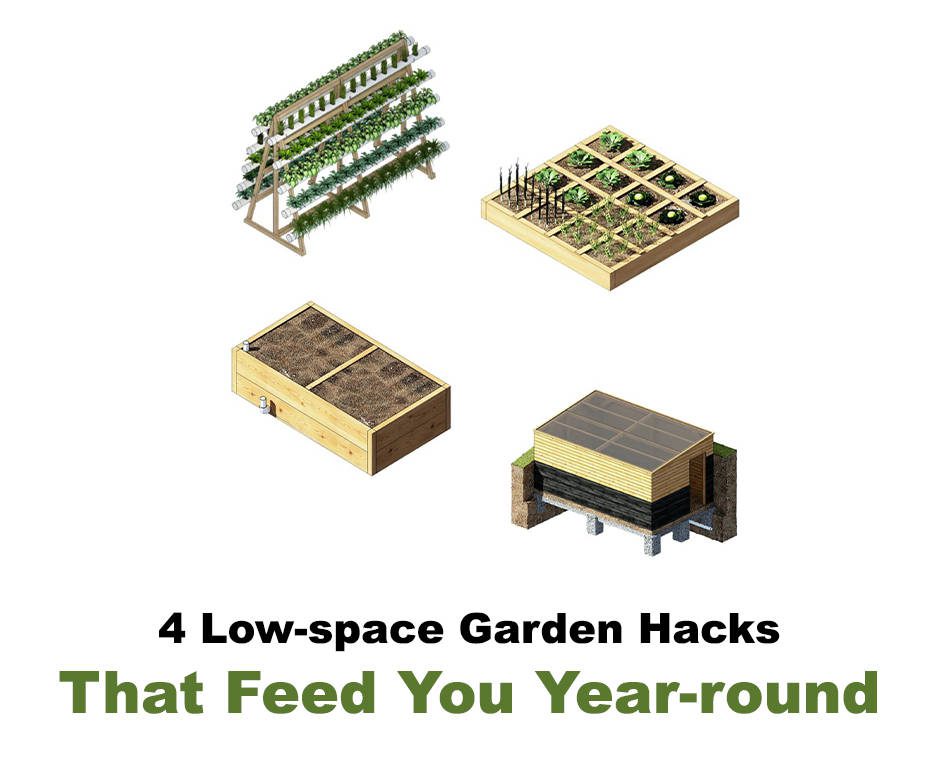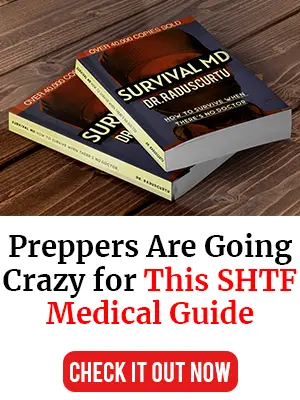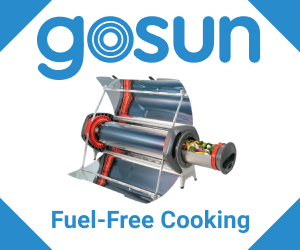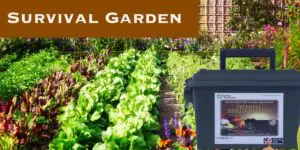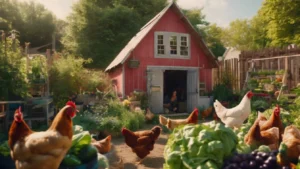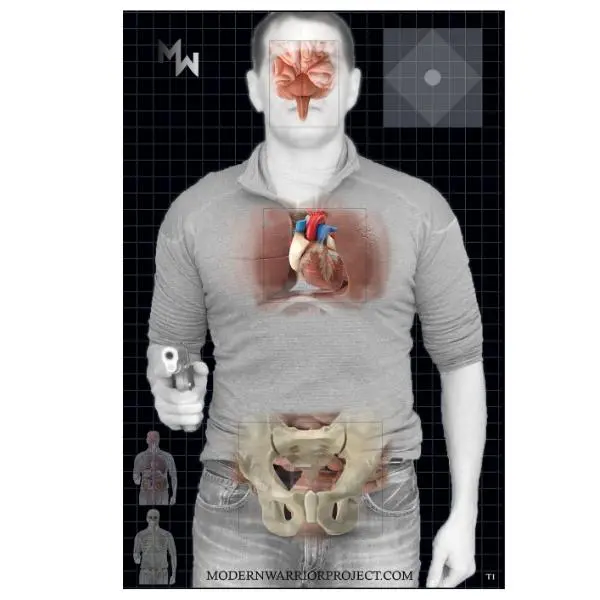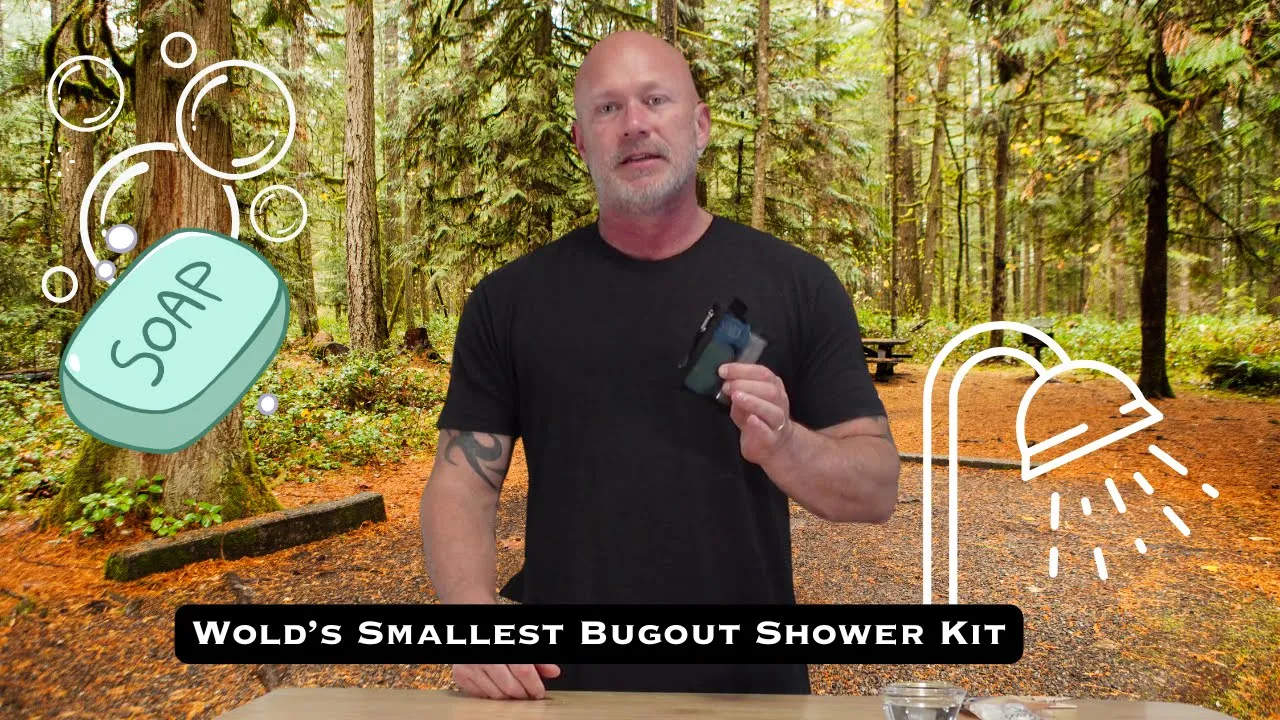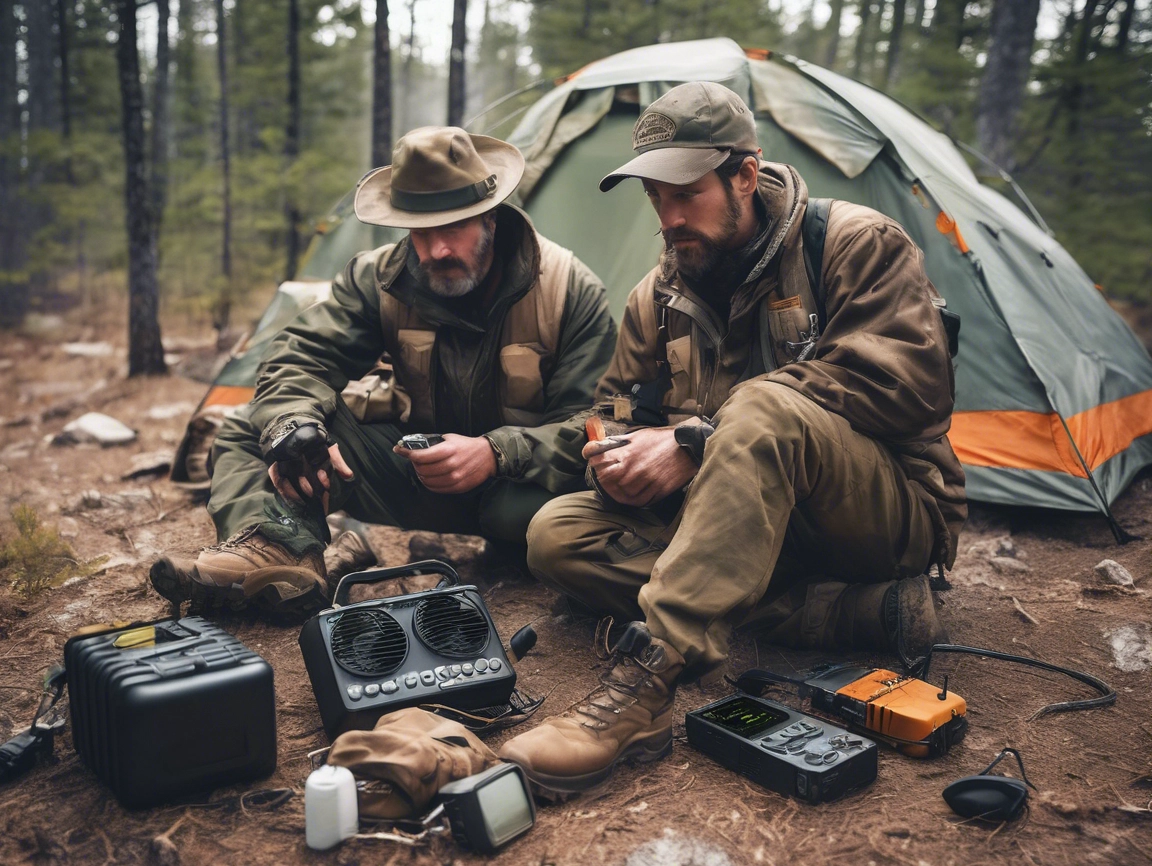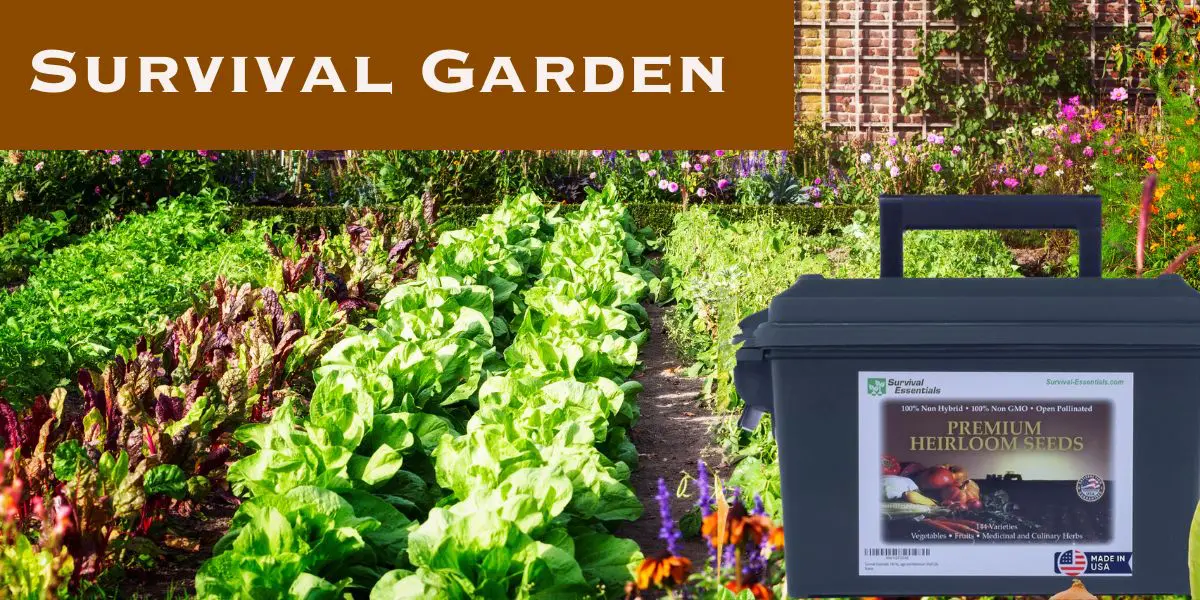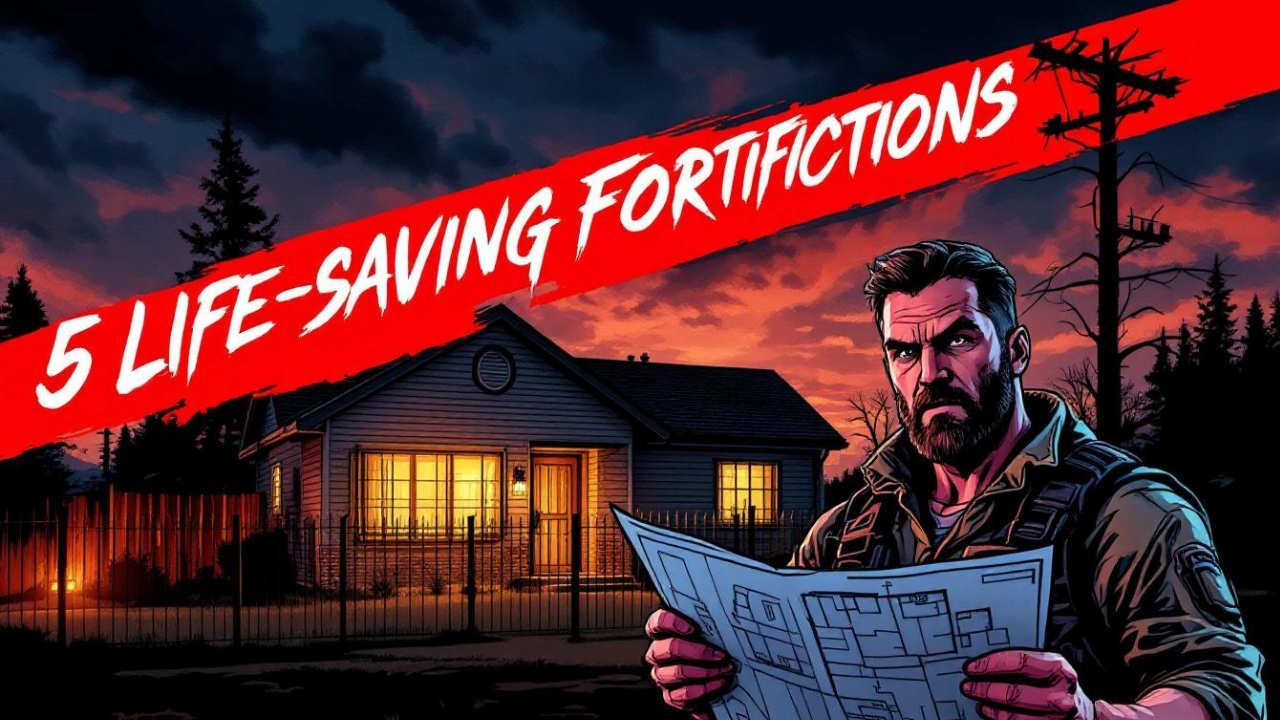Packing a bug out bag is a task that many survivalists and adventurers find both essential and daunting. One of the key components that often causes debate and reconsideration is the type of food to include. In this detailed guide, we will explore the kinds of foods you might want to consider, those you might want to avoid, and discuss the different types of bags these items should be placed in. Stick around till the end for a special tip that can significantly enhance your preparedness.
Understanding Your Bag Types: Bug Out Bag vs. INCH Bag
Before we dive into food choices, it’s vital to grasp the difference between a “bug out bag” and what is often referred to as an INCH bag. Originally, bug out bags were designed as a 72-hour emergency pack. These are also known as “72-hour bags” in military terminology, and they contain essential items like water, food, and ammunition necessary for a short-term survival scenario.
“In the modern years, there’s come about a term called an INCH bag — an acronym for ‘I’m Never Coming Home.’ This reflects a more prolonged survival scenario.”
Bug Out Bag
- Duration: Designed for approximately 72 hours.
- Contents: Focuses on essentials like food, water, and basic survival tools.
INCH Bag
- Duration: Intended for long-term or indefinite survival.
- Contents: Far more extensive, containing everything you might need when the end goal or duration isn’t defined.
In the current context, many have started combining these bags, opting for a more robust kit that accommodates unforeseen durations and scenarios.
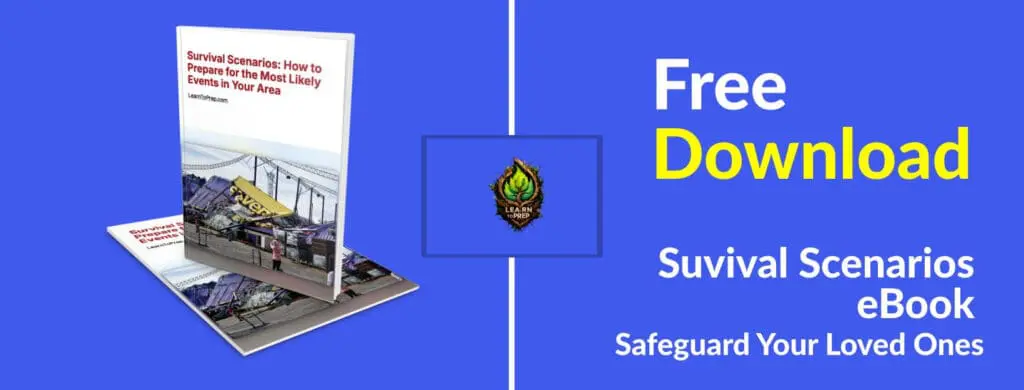
Priorities in Packing: The Survival Pyramid
When it comes to food for your bug out or INCH bag, priorities differ. For a short-term survival bag, food isn’t as critical as water or shelter. However, as the duration extends, food becomes crucial. Here’s what you should prioritize:
- Water: Absolutely essential and deserves more space than food.
- Shelter and Fire: More crucial than food for maintaining body warmth and protection.
- Food: Important, but you can survive up to three weeks without it.
Criteria for Choosing Food
- Caloric Density: Maximize calories per volume.
- Lightweight and Packable: Food should be compact and easy to store.
- Minimal Water Requirement: Avoid food that needs water to prepare.
- Shelf Life: Longer shelf life means less frequent rotation.
- Taste: A bonus, but not a priority.
Lightweight Outdoor Sport Travel Daypack for Climbing Camping Touring
Recommended Foods for Your Bag
1. Peanut Butter
Peanut butter is a powerhouse when it comes to caloric density. A small jar can hold nearly 2,000 calories, making it excellent for space efficiency.
- Pros: High calorie, easy to store quickly accessible.
- Cons: Difficult to pack efficiently due to rigid containers.
Tips:
Opt for squeeze tubes to save space and potentially simplify access during survival scenarios.
2. Emergency Survival Food Rations
These rations usually come in the form of compact bars offering high calorie counts up to 3,600 calories per pack.
- Pros: High calorie, long shelf life.
- Cons: May not be very appetizing.
Inspection US Meals Ready to Eat Military MRE with Heater Box of MRE Meals Full Meal 12 MRE Pack
3. Meal, Ready-to-Eat (MREs)
Traditional military MREs are well-rounded packs providing sufficient calories for a day. They often have a shelf life of 3-5 years but can last longer stored properly.
- Pros: Comprehensive meal kits, versatile packaging for different uses.
- Cons: Bulky, limited longevity compared to other options.
4. Canned Goods
Canned foods are reliable, but they come with their own challenges. Once opened, they must be consumed relatively quickly.
- Pros: Familiar, potentially comforting.
- Cons: Bulky and once opened, spoil quickly without refrigeration.
Tips:
Canned Vienna sausages are a rare exception for inclusion in 72-hour kits but are generally not advised for long-term INCH bags.
5. Freeze-Dried Foods
Excellent for minimizing water weight, freeze-dried meals boast a long shelf life and lightweight nature.
- Pros: Good variety, long shelf life.
- Cons: Requires water for rehydration, posing challenges in arid environments.
6. Honey
Honey is a staple for those looking for an eternal pantry item. It’s high in calories and never spoils.
- Pros: Great energy source, indefinite shelf life.
- Cons: Sticky mess if packaging fails.
7. Soft Pack Foods
Modern innovations like tuna packs and other soft-pack meals allow for convenient storage and quick consumption.
- Pros: Easy to pack, quick to eat.
- Cons: Moderate calorie count.
8. Granola and Beef Jerky
While not the most nutrient-dense options, these are good as morale boosters, offering mental and energy lifts.
- Granola: Look for high-energy mixes, often packing a significant calorie punch.
- Beef Jerky: Good for protein, but not calorie-dense; ideal as a snack.
9. Energy Gel Packs
These are lifesavers when in dire need of a fast energy boost. Popular among marathon runners, they’re perfect for quick energy replenishment.
“A huge game changer for your survival pack is adding energy gel packs — from firsthand experience, they can provide the needed surge to keep moving.”
Tips:
Keep a few gel packs for those moments when you need to push through exhaustion — they might just make all the difference.
15 in 1: Your Complete Guide to Surviving Any Crisis with Expert Strategies for Prepping, Gear, First Aid, Food Storage, Water Filtration, Self Defense &...
Conclusion
Selecting food for your bug out or INCH bag requires careful consideration of both your needs and the potential scenarios you may face. Each type of food serves a different purpose, from caloric density to boosting morale. Remember, your bag should reflect your environment, potential challenges, and objectives.
Finally, engage with others in your community to exchange tips and experiences — learning from others’ mistakes and successes can profoundly enhance your preparedness strategy.
For more detailed guides and survival tips, subscribe to our newsletter and check out the free resources linked below.
Feel free to share your own food recommendations for bug out bags in the comments section. We’d love to hear what works best for you!

